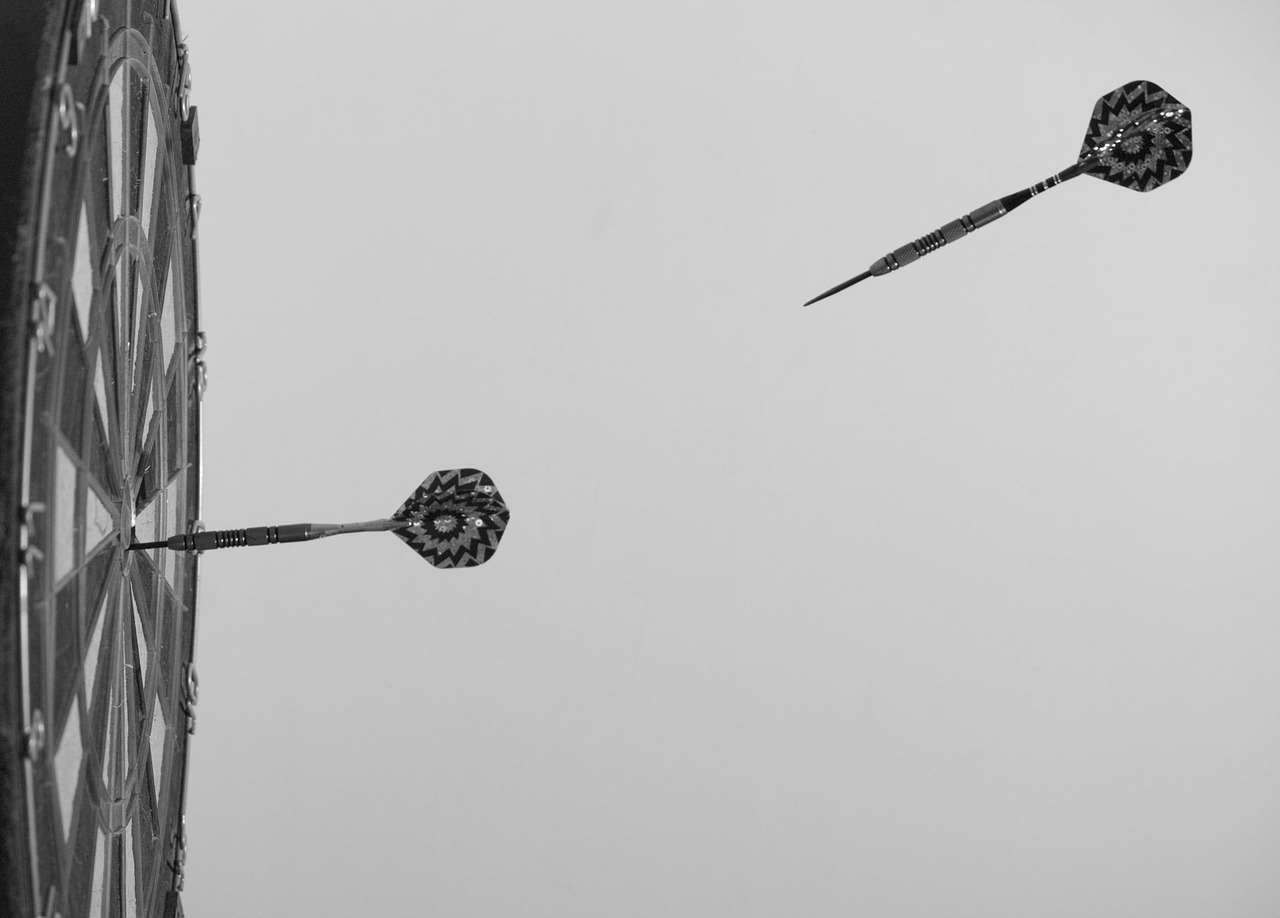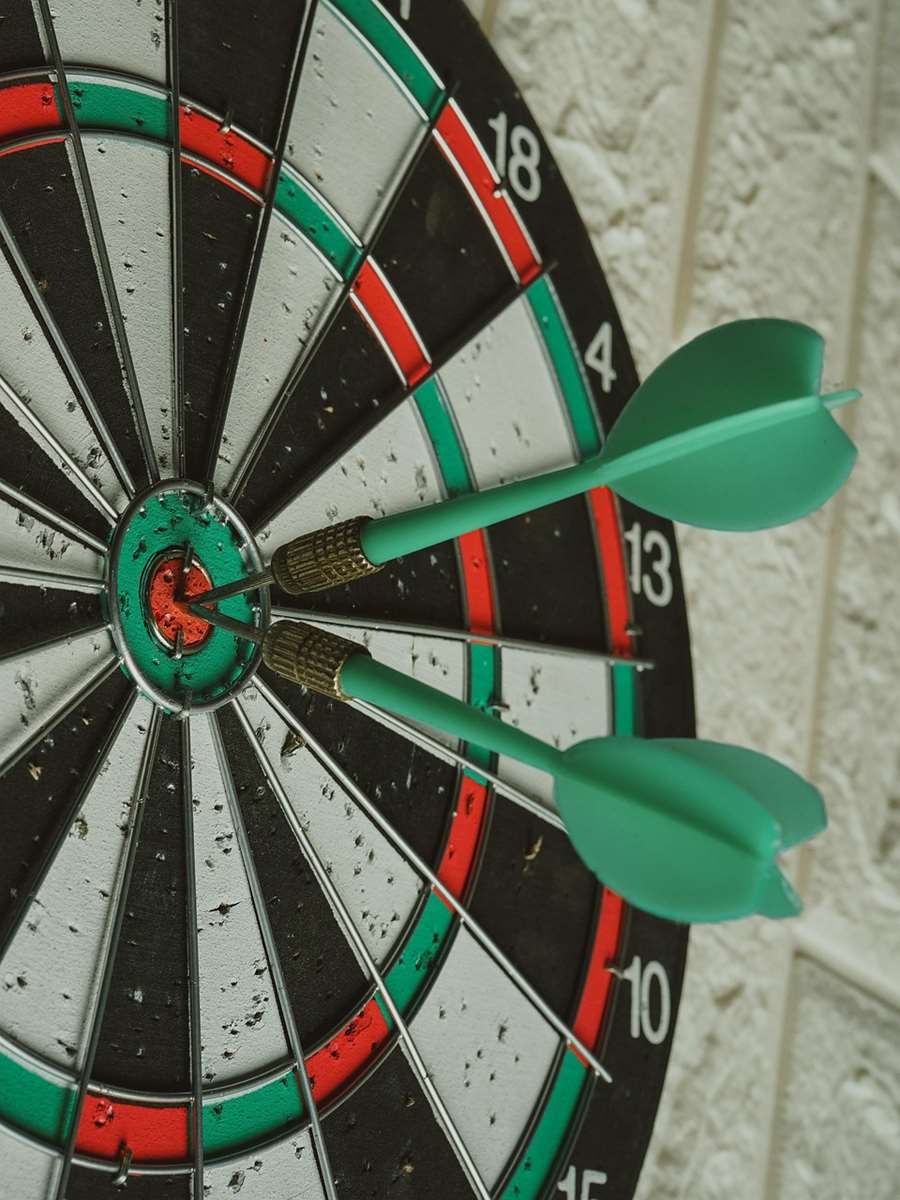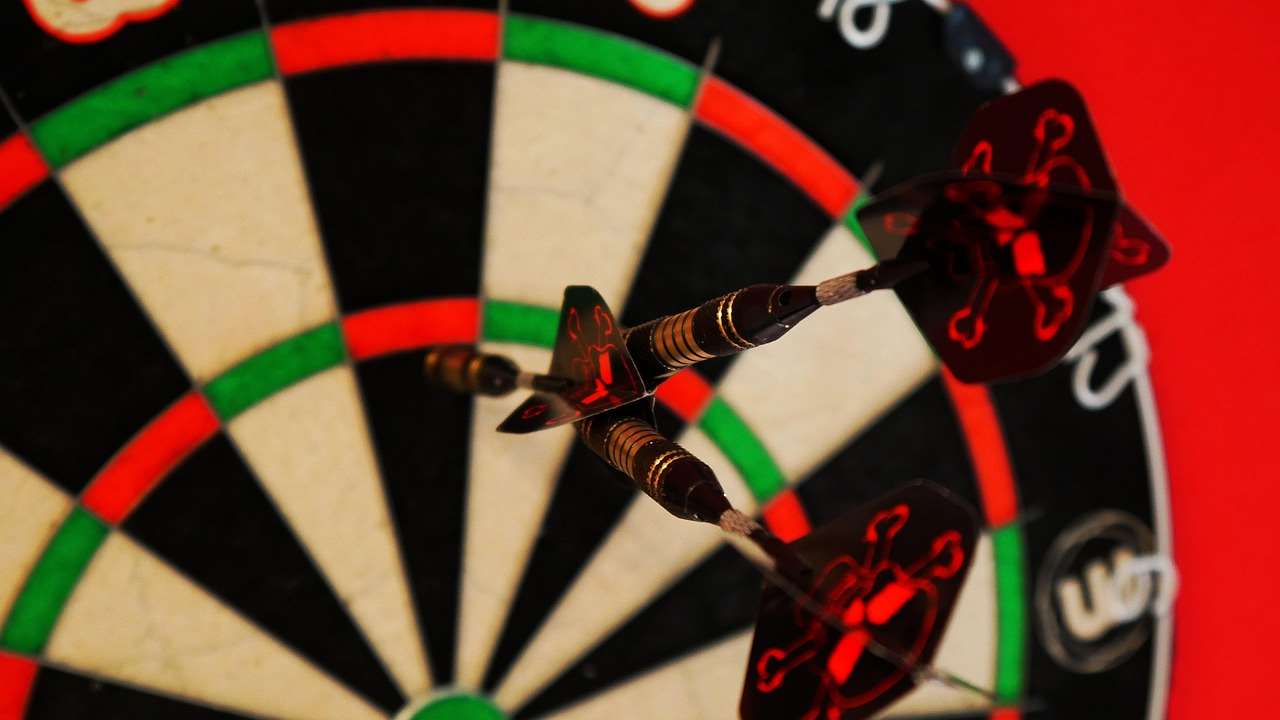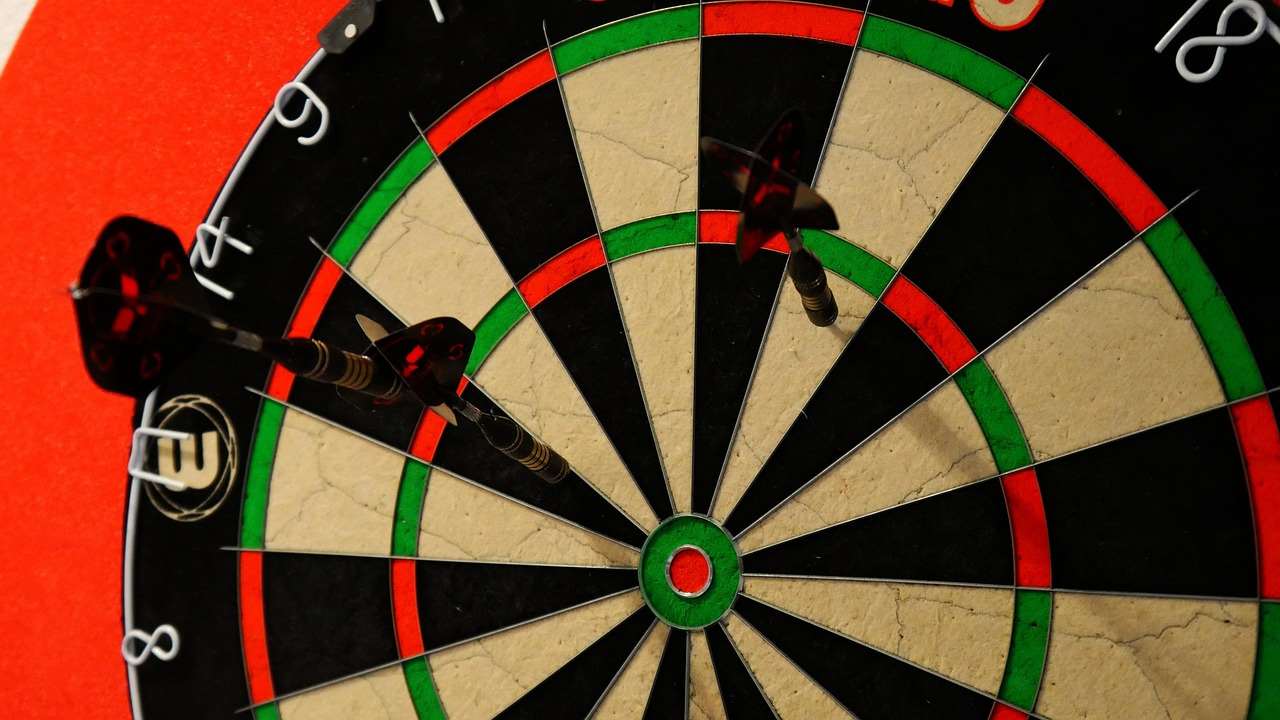Replacing dart parts is a crucial skill for any serious dart player, ensuring optimal performance and extending the life of your equipment. This article will guide you through the process of replacing various dart components, offering practical advice and troubleshooting tips. We’ll also explore factors to consider when choosing replacement parts and delve into preventative maintenance strategies.
⚠️ Still Using Pen & Paper (or a Chalkboard)?! ⚠️
Step into the future! The Dart Counter App handles all the scoring, suggests checkouts, and tracks your stats automatically. It's easier than you think!
Try the Smart Dart Counter App FREE!Ready for an upgrade? Click above!
Knowing how to effectively handle replacing dart parts is a key element in maintaining your game. A well-maintained set of darts not only performs better, but can also save you money in the long run by preventing premature wear and tear. This guide covers everything from simple replacements to more complex repairs, empowering you to keep your darts in top condition.
Understanding Your Dart Components: A Guide to Replacing Dart Parts
Before diving into the specifics of replacing dart parts, let’s understand the different components that make up a dart. This knowledge will be essential for identifying what needs replacing and selecting the appropriate replacement parts. A typical dart comprises three main parts: the barrel, the shaft, and the flight. Each part plays a vital role in the dart’s overall performance, and understanding their function will help you make informed decisions when replacing dart parts.

The barrel is the weighted body of the dart. It’s often made of brass, tungsten, or other metals. The material and weight of the barrel significantly affect the dart’s flight and overall feel. The shaft connects the barrel to the flight. It’s usually made of nylon or plastic, and its length and material can impact the dart’s stability and trajectory. Finally, the flight are the fins at the rear of the dart that stabilize its flight. These are typically made of plastic and come in various shapes and sizes.
Knowing the materials and the function of each component is fundamental for successful replacing dart parts. For example, understanding the different benefits of various shaft materials, as detailed in our article on Dart shaft material benefits, can greatly enhance your dart selection and maintenance practices.
Replacing Dart Flights: A Simple Process
Choosing the Right Flights
Replacing dart flights is often the most frequent maintenance task. Flights wear out quickly due to impact with the dartboard and the general wear and tear of regular use. When replacing dart flights, consider the material, shape, and size. The material usually comes down to plastic, and the shape and size influence how your dart behaves in the air. Experimentation helps find the perfect fit for your style.
The Steps Involved
- Carefully remove the old flights from the shafts using your fingers or small pliers. Be careful not to damage the shaft.
- Insert the new flights onto the shafts, ensuring a secure and snug fit.
- Gently check the flights are positioned straight on the shafts.
Properly replacing dart flights enhances dart stability and precision. For a deeper understanding of dart maintenance, check out our guide on Dart equipment maintenance for longevity.
Replacing Dart Shafts: A More Involved Process
Understanding Shaft Types
Replacing dart shafts is slightly more challenging than replacing flights. Shafts come in various materials (nylon, plastic, carbon fiber), lengths, and designs. Choosing the right replacement shaft depends on your preference and dart style. Consider the length and material. A longer shaft may give you a better grip, while a shorter shaft offers more maneuverability. Materials like carbon fiber offer enhanced durability compared to nylon or standard plastic.
Sometimes, replacing dart shafts requires more precision. The delicate process can be impacted by damaged shafts that might break during replacement; therefore, using a proper tool becomes important to avoid damage. If you’re struggling with the process, consulting resources on dart equipment troubleshooting forums can provide valuable assistance.

Steps for Replacement
- Remove the old shaft from the barrel using gentle pressure or specialized tools if needed.
- Carefully insert the new shaft onto the barrel, ensuring a secure fit.
- Check for any wobble or looseness. A secure fit prevents loss of points during a throw. If loose, try a different shaft or consult dart equipment troubleshooting tips.
For players seeking customization options, explore our specialized services in Custom dart shafts Europe.
Replacing Dart Barrels: A Comprehensive Guide
Choosing Replacement Barrels
Replacing dart barrels is a more significant undertaking, often undertaken due to significant damage or a desire for a change in weight or grip. When replacing dart barrels, meticulous consideration should be given to the weight, material, and grip. The weight is crucial for your throwing style and consistency. The material—often brass or tungsten—affects the overall balance and feel of the dart. And the grip significantly influences your control and accuracy. Consider experimenting with different barrel weights to find the best fit.
The Replacement Process
This is typically the most difficult component to replace, and might even involve advanced tools. Consider the process outlined below:
- Assess the condition of your existing dart barrel. If you’re only replacing dart parts like flights and shafts, you might not need this step. However, replacing a damaged barrel requires a thorough evaluation to determine the damage and extent of repair needed.
- Select a new barrel that is compatible with your current shaft and flights. For example, a barrel with a different threading will not fit your existing shaft.
- If you’re removing the old barrel to replace it, use specialized tools to safely separate the components and avoid damaging any part.
- Carefully attach the new barrel and install the shaft and flight.
For a comprehensive understanding of troubleshooting, see our guide on dart equipment troubleshooting understanding.

Preventative Maintenance: The Key to Avoiding Replacing Dart Parts Frequently
Regular maintenance is crucial to prolong the lifespan of your darts. This reduces the frequency of replacing dart parts. Proper cleaning and storage are essential. Wipe your darts clean after each use, and store them in a protective case to prevent damage. Regularly inspect your darts for wear and tear. This includes checking for bends or damages to the shafts, flights, or barrels.
A clean dartboard is crucial as well; consider reading up on our detailed guide on cleaning dartboard surface. This ensures a clean game and prevents wear and tear on your equipment.

Choosing the Right Replacement Parts
Selecting quality replacement parts is essential for maintaining performance. Opt for reputable brands that offer durability and consistency. Consider materials like high-quality tungsten for barrels, durable nylon or plastic for shafts, and sturdy plastic for flights. Don’t hesitate to invest in slightly more expensive, long-lasting components—it’s far more economical than continuously replacing dart parts.
When to Upgrade Your Darts
Sometimes, even with regular maintenance, it’s time to consider upgrading your entire dart set. This might be due to significant wear and tear that makes repairs impractical. It may also stem from a desire to improve your game with a newer design or technological improvement, such as a new material or style of barrel. Learn more on when to upgrade your game in our article on When to upgrade dart equipment.
Conclusion: Mastering the Art of Replacing Dart Parts
Mastering the art of replacing dart parts is a key aspect of responsible dart ownership. From the simple task of replacing dart flights to the more involved process of replacing dart barrels, understanding the individual components and employing proper techniques are crucial for maintaining your darts’ performance and extending their lifespan. Regular maintenance and the selection of high-quality replacement parts are crucial for maximizing the life and performance of your darts. Remember to consult online resources and forums if you encounter any difficulties. By following the advice provided in this guide, you can keep your darts in top condition and focus on improving your game! Take a step towards maintaining your equipment and check out our comprehensive guide on Darts Equipment Maintenance Customization.

Hi, I’m Dieter, and I created Dartcounter (Dartcounterapp.com). My motivation wasn’t being a darts expert – quite the opposite! When I first started playing, I loved the game but found keeping accurate scores and tracking stats difficult and distracting.
I figured I couldn’t be the only one struggling with this. So, I decided to build a solution: an easy-to-use application that everyone, no matter their experience level, could use to manage scoring effortlessly.
My goal for Dartcounter was simple: let the app handle the numbers – the scoring, the averages, the stats, even checkout suggestions – so players could focus purely on their throw and enjoying the game. It began as a way to solve my own beginner’s problem, and I’m thrilled it has grown into a helpful tool for the wider darts community.